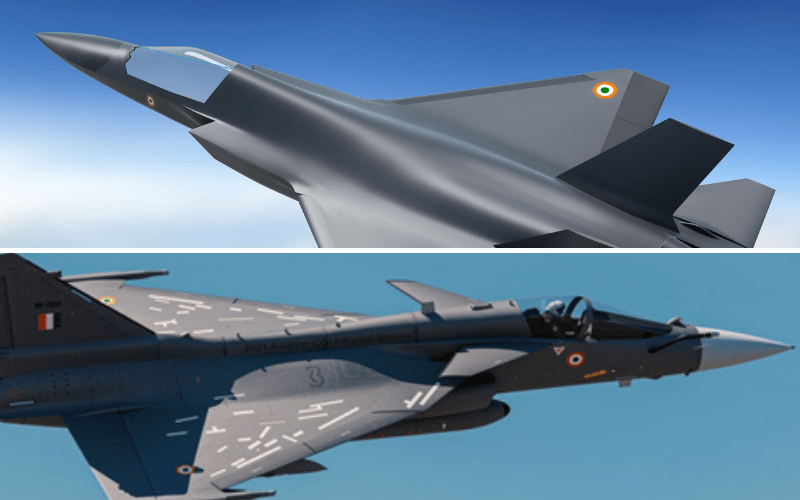The focus is on defence. The government has put a lot of emphasis on policies and is exploring various options for boosting defence production in India. It is presently sufficient. Several announcements made within the context of the DAP 2020 have laid out tangible steps as the plan for the defence sector unfolds.
According to SIPRI, the United States, China, India, Russia, and the United Kingdom were the top five spenders in 2020, accounting for 62 percent of worldwide military spending. In 2020, the United States’ military spending was predicted to be $778 billion, while China’s military spending, which is the second highest in the world, was estimated to be $252 billion.
In the current fiscal year, India’s defence expenditure totaled USD 70 billion (2022-2023). Leave aside US military spending and advancements for the time being because they are numerous, but China cannot be erased off the map. We are already dealing with the Chinese military at our doorstep, which necessitates the application of the rule of ‘capability-comparability.’
To begin, the capital outlay, which focuses on the modernization of the Armed Forces, has been boosted by 12.82 percent to USD 20.36 billion in the defence budget. In addition, to address the modernisation gap, the defence budget allocates 25% of the entire R&D expenditure to private business. So, taking into consideration the entire R&D ecosystem in the country, what is our total R&D? India invests less than 1% of its GDP on research and development, or 0.65 percent (USD 58 billion). China spent a whopping USD 514 billion, or approximately 3.3 percent of its GDP, according to conservative estimates.
The current defence budget for 2022-23 allocates less than 2% of the entire defence expenditure on R&D. The Lok Sabha Standing Committee on Defence 2019-2020 stated that R&D in China accounts for 20% of the Chinese defence expenditure.
According to the 2021 budget, China could spend up to $70 billion this year on equipment alone, including procurement and military R&D. While defence has been the driver for many technological achievements, it is even more relevant today as the battlefield undergoes a complete transition.
In this environment, R&D in defence calls for more funding to go toward microelectronics, hypersonics, artificial intelligence (AI), cyber security, and other high-priority military capabilities. Artificial intelligence, big data, man-machine interfacing, autonomous drone systems, 5G networking, and other technologies would be used to push the militarization of the fourth industrial revolution in order to establish new dominant military-technological advantages. This strengthens the case for indigenous peoples.
Such is the impact of policies that prioritise R&D in the defence sector as a whole. The statistical spread is designed to help you understand the defence innovation ecosystem. And India’s Defence Research and Development Organization (DRDO) has been at the forefront of some of the most successful defence inventions, such as the incremental advancement of indigenous missile systems. DRDO has set out to push the boundaries in its new incarnation, with institutional changes and a focus on responsibility.
Much of the recent shift may be attributed to Dr. G Satheesh Reddy, Secretary DDR&D and Chairman DRDO. Dr. Reddy discusses the vast spectrum of technological advancements and innovations taking place in DRDO laboratories across India in an exclusive interview.
During the conversation, he projected the timescale for defence innovation, which is critical for the applications and efficacy of military hardware manufacturing.
